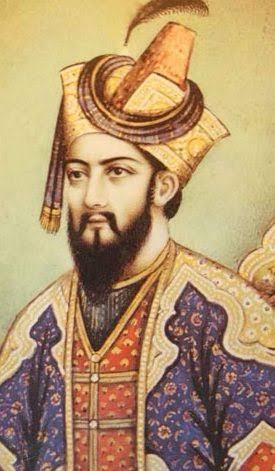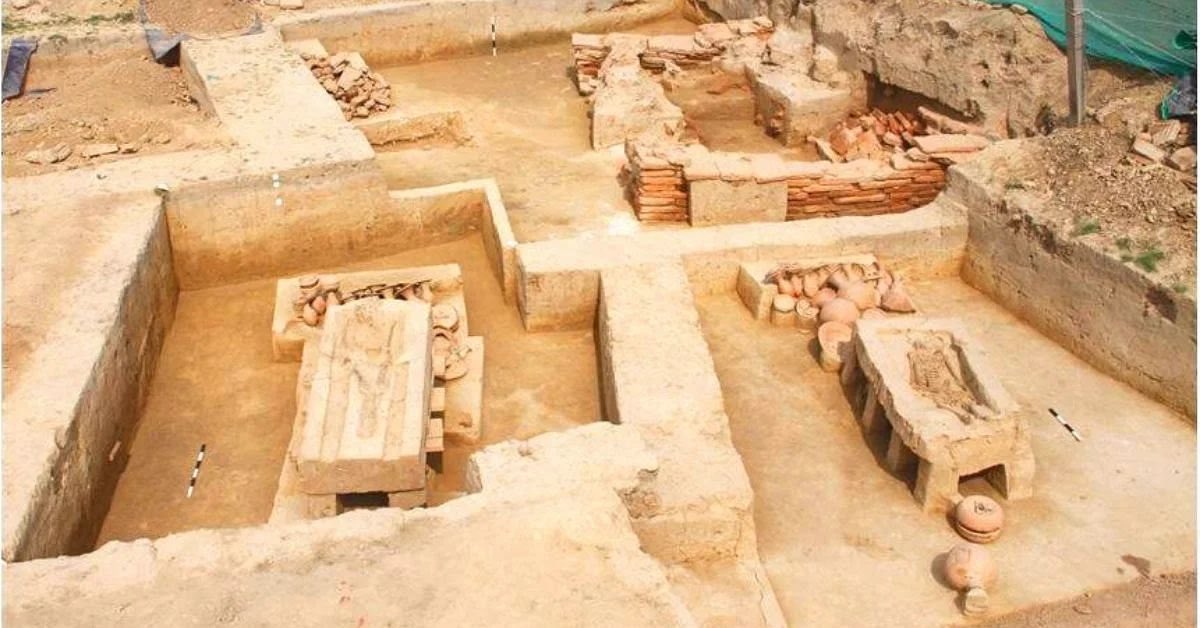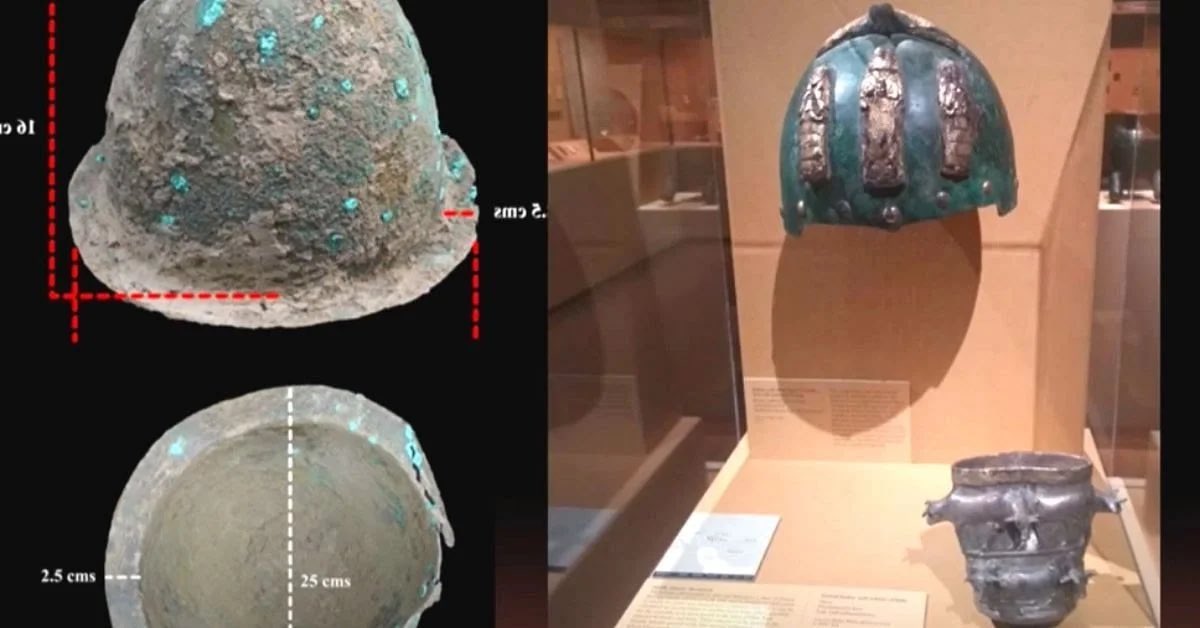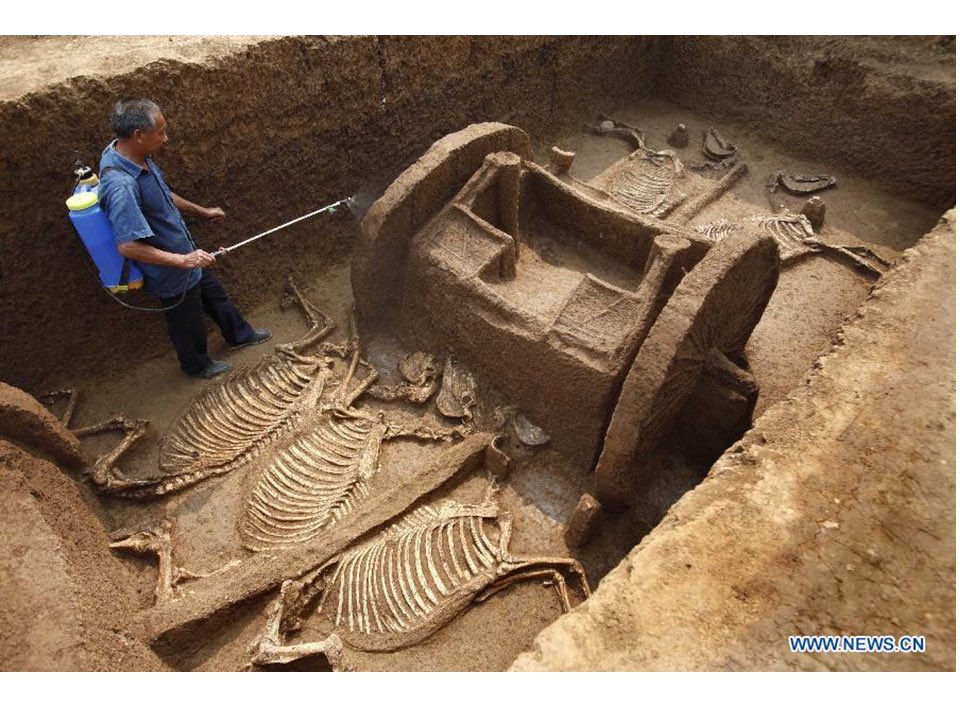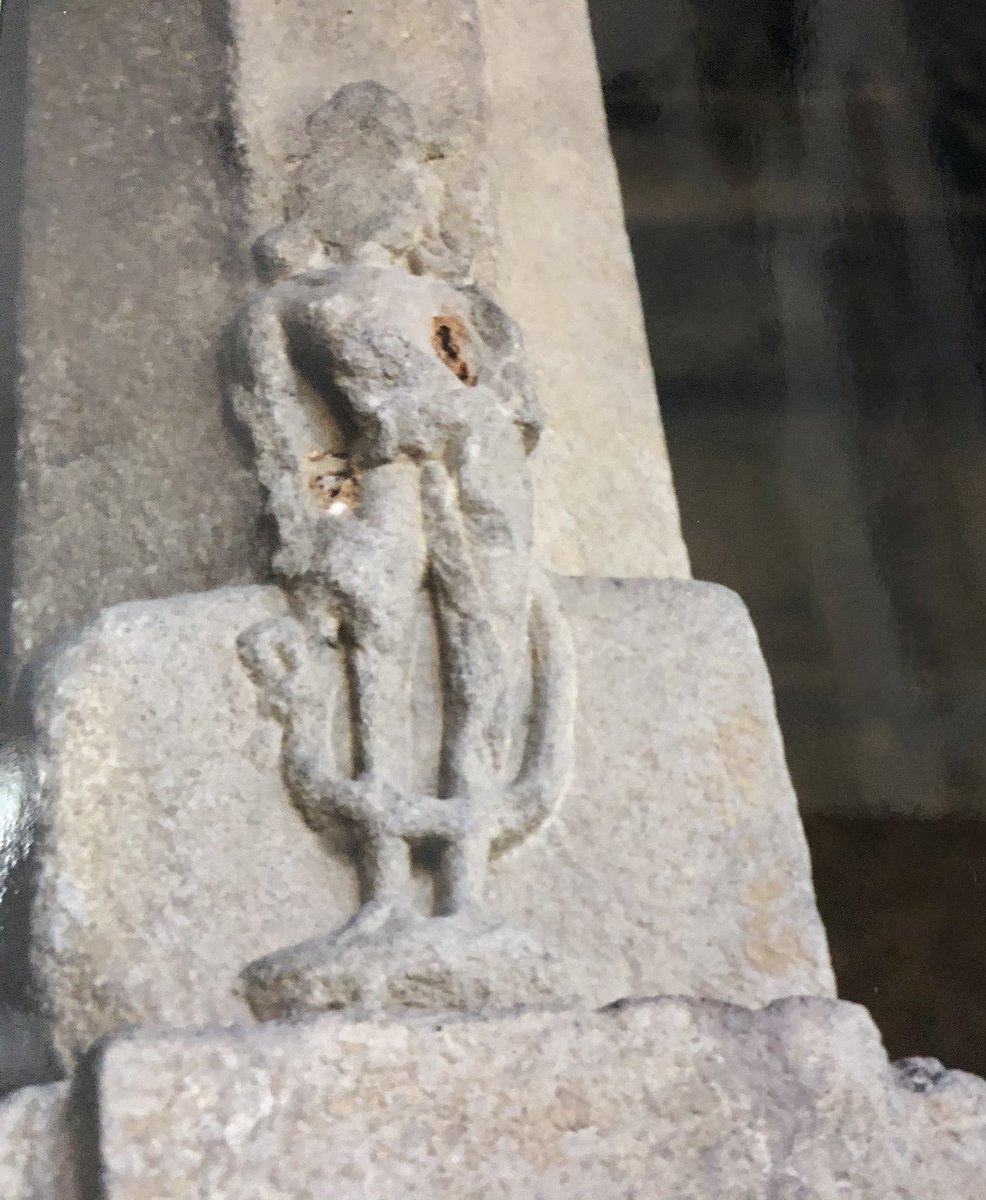
1/n Many critics mock Chanakya’s Arthashastra for some of the “bizarre” recipes described. And it’s a fact that some of the text was corrupted later. Yet it is amazing that modern science is only now beginning to discover what he knew thousands of years ago. 

2/n A case in point is this recipe in Arthashastra which says that “The powder of a firefly mixed with mustard oil emits light at night.” He knew how to harness bioluminescence to enable night vision by creating ointment from the powder to be worn as kajal on eyes by spy soldiers 

3/n
In 2019, researchers at Syracuse University devised a method to merge nanoparticles with extracted enzymes from fireflies. Their findings could lead to a coat of paint that illuminates your bedroom or a flashlight that needs no battery.
syracuse.com/cny/2012/07/sy…
In 2019, researchers at Syracuse University devised a method to merge nanoparticles with extracted enzymes from fireflies. Their findings could lead to a coat of paint that illuminates your bedroom or a flashlight that needs no battery.
syracuse.com/cny/2012/07/sy…
4/n
Just another instance demonstrating how foolish Indians are to dismiss our indigineous knowledge as unscientific. Improving knowledge of Sanskrit should be top priority so that future generations can decipher such valuable ideas and do some real research on our heritage.
Just another instance demonstrating how foolish Indians are to dismiss our indigineous knowledge as unscientific. Improving knowledge of Sanskrit should be top priority so that future generations can decipher such valuable ideas and do some real research on our heritage.

• • •
Missing some Tweet in this thread? You can try to
force a refresh






